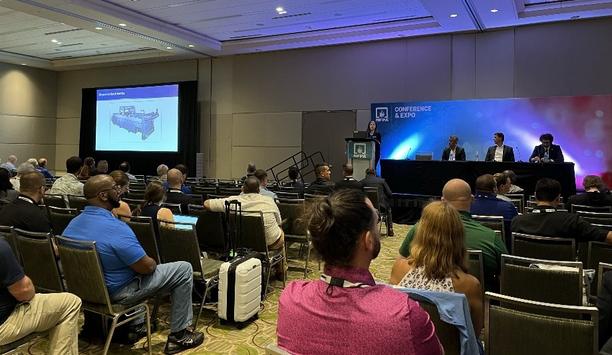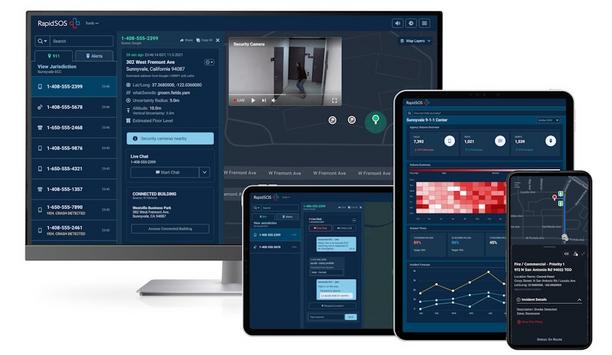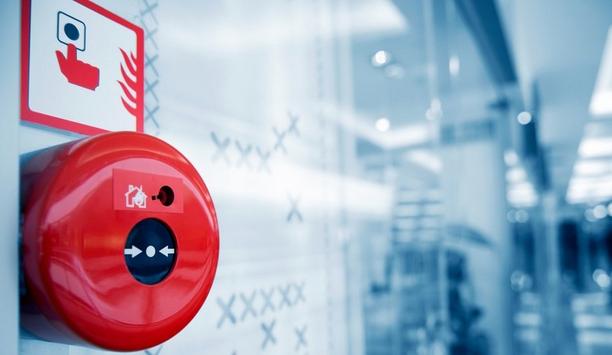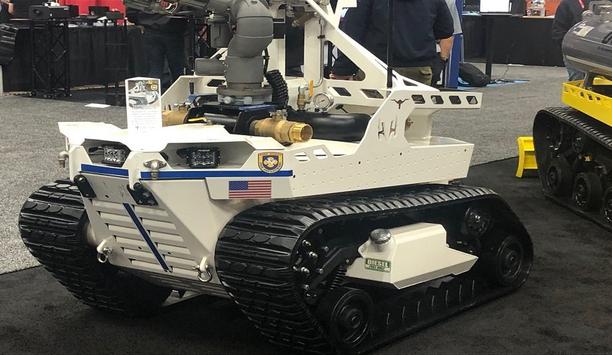Fires are among the biggest threats to seagoing vessels, despite the irony of the vessels being surrounded by water. Fire threats are especially serious given that receiving outside assistance is impossible, or at least very time-consuming. Evacuation is also problematic in the middle of the ocean.
Not surprisingly, electrical fires make up around half of the incidences of combustion onboard ships – electrical systems and water are a dangerous combination. Other fires come from flammable materials used on ships, including fuels, lubricating oils, and heat-producing bacteria in waste and sewage systems.
Minimum safety standards
Most ship fires are caused by human error, which plays a part in 70 to 80% of all incidents. Training can help to avoid human error, as can greater awareness and emphasis on the dangers of ship fires. A fire safety policy for employees and guests is mandatory. Ships must comply with predefined standards for fire safety.
Most ship fires are caused by human error, which plays a part in 70 to 80% of all incidents
The International Convention for the Safety of Life at Sea (SOLAS) created the minimum safety standards and best practices in the maritime world. The original regulations were created in 1914 in response to the sinking of the Titanic. They specified the number of lifeboats and other emergency equipment required on ships.
Sounding fire alarms
SOLAS Chapter 2, known as the Fire Safety System Code (FSS code), is dedicated to fire protection and includes 20 regulations and 15 chapters. The current version of SOLAS is the 1974 version, known as SOLAS 1974, which came into force in 1980.
A basic strategy when responding to a fire on a ship involves four steps – locating, informing, containing, and then extinguishing a fire. If a fire is detected in a ship’s hold with general cargo, the first action should be to shout ‘fire’ to alert other crew members. Sounding fire alarms ensure authorities are informed of the incident. A public address system is used to announce the location of the fire. All persons should be evacuated from the area. Extinguishing a fire immediately helps to avoid spread. Water in the hold should be avoided so as not to damage cargo.
Public address system
The Port Control might ask the vessel to anchor offshore to avoid danger to nearby vessels
If a fire occurs on a ship at the shore, the Port Control might ask the vessel to anchor offshore to avoid danger to nearby vessels. If the fire persists, the hatch should be shut, and carbon dioxide infused into the hold to extinguish the fire. Afterward, care must be taken when reopening the hatch. Remaining personnel must use breathing apparatus to avoid the outflow of CO2 and to be ready to enter the hold if needed to inspect and extinguish any residual pockets of fire.
Fire extinguishing systems employing CO2 stored under pressure at ambient temperature are used frequently in ships’ cargo areas, boiler rooms, and machinery spaces. Liquified Halon is also used, pressurized into cylinders with nitrogen to increase discharge speed.
Maintained electrical equipment
There are four classes of fires, and each requires its own prevention strategy.
- Class A General Fires are fuelled by common materials such as wood, paper, and cloth. General housekeeping can aid prevention, as can the use of fire-retardant and fire-resistant materials.
- Class B Oil Fires are fuelled by flammable liquids such as gasoline, oil, and grease. Proper storage techniques are key, and fuel handling systems should be inspected for leakage.
- Class C Electrical Fires can be ignited by cables, motors, and switchboards. Only properly maintained electrical equipment should be used; frequent inspections are needed. Insulation should be used to avoid exposed wiring, and electrical equipment should be switched off when not in use. Prolonged use or overloaded circuitry should be avoided.
- Class D Chemical Fires can be ignited by onboard combustible materials such as cleaning supplies and other chemicals. Careful attention should be paid to the storage and transport instructions of chemicals, including safety measures.
Fire detection – whether manual or automated – can alert authorities to fires before they have time to spread. Manual detection includes frequent inspections of engine rooms and other areas prone to fire. Automated systems include smoke, heat, and CO2 detectors connected to a fire alarm switching system.







































